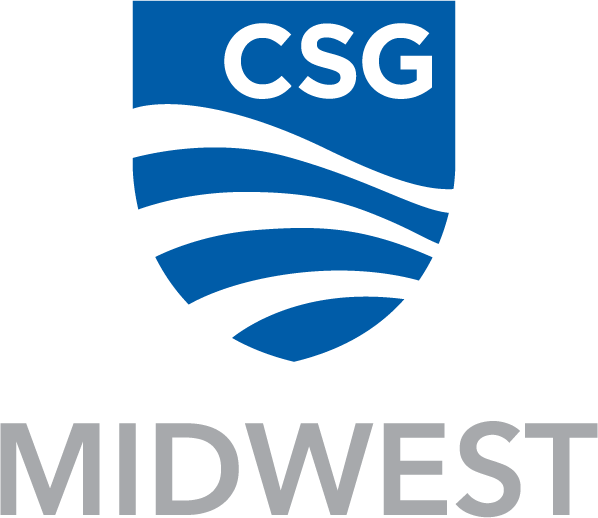Indigenous Treaty Law in the U.S. and Canada: Recap and Slides
On December 17, 2024, the Great Lakes-St. Lawrence Legislative Caucus and the Midwestern Legislative Conference Canada-Midwest Relations Committee hosted Angelique EagleWoman, Professor and Director of the Native American Law and Sovereignty Institute at Mitchell Hamline School of Law, and Karen Drake, Associate Professor at Osgood Hall Law School at York University for a webinar on Indigenous Treaty Law in the U.S. and Canada.
Professor EagleWoman provided the historical context of relations between Tribal Nations and the U.S. Government, explaining that the roots of the legal relationship can be traced back to papal bulls and the European Doctrine of Discovery. By inheriting and not rejecting the Doctrine of Discovery, U.S. law holds that Indigenous nations only have occupancy title to lands, which was superceded by Europeans. The only way for Tribal Nations to hold title to lands was to enter into a treaty, through executive order, and/or federal statute. Tribal Nations had a long history of treaties and confederacies before European arrival. Treaties have a kinship connotation in Tribal culture, sacred promises to share land and natural resources. Over the years, almost every treaty has been partially or fully violated.
Within the U.S. Constitution, treaties are recognized in the Supremacy Clause as one of the supreme laws of the land, gives Congress the ability to regulate commerce with Tribal Nations, and recognizes Tribal Nations as separate governments. In 1871, Congress suspended treaty-making with Tribal Nations.
In regards to water, the Clean Water Act, Safe Drinking Water Act, and Clean Air Act include Tribal Nations as separate entities. Through litigation, the Clean Water Act has been expanded to include the protection of tribal reserve water rights, and requires states to recognize those rights.
In Canada, Indigenous treaties are also constitutionally protected and the legal relationship has European law foundations from the Doctrine of Discovery. Professor Drake provided an understanding of the critical underpinings of Anishinaabe law, as well as the nuances. Anishinaabe law reflects treaties not as surrendering rights, but as entering into a relationship to share land with newcomers with an understanding of mutual aid. This understanding is also interpreted as a process of continual renewal, not static contracts.
The Supreme Court of Canada recently issued an opinion in Ontario v Restoule, in which there was a dispute over the augmentation clause of the Robinson Superior and Robinson Huron Treaties. At signing, the First Nations received initial payment for the land and annual payment for perpetuity. But since signing, the wealth of the lands increased, which prompted the Nations to bring a case under the augmentation clause that an increase in payment was owed. The Supreme Court ruled that treaties require ongoing renewal and ruled that the parties should negotiate. The ruling acknowledges and reaffirms many principles of Anishinaabe law.
The GLLC will continue to provide education and seek engagement with Indigenous nations to strengthen relationships between state and provincial legislators and Indigenous nations across the basin.
Professor Angelique EagleWoman
Treaty Rights for U.S. Tribal Nations in the Great Lakes Region
Professor Karen Drake
Indigenous Treaty Obligations within Canada
This webinar was recorded and can me made available to legislators, legislative staff, and other state/provincial employees upon request. If you would like to watch the recording of this webinar, please contact MLC Midwest-Canada Relations Committee staffer Mitch Arvidson or GLLC Director Jess Lienhardt.

